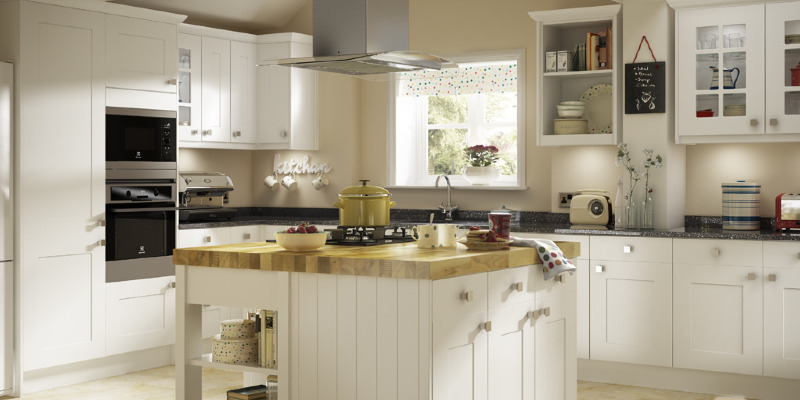
If it comes to kitchen designs, certain alphabet letters receive all of the love. There is the U shape, the L shape, the G shape. But you don’t hear as much about the I shape: a kitchen that occupies only 1 wall.
This style, also called a single galley, is essential for some, an option for many others. If you reside in an open attic, a pocket-size condominium or a very small cottage, the I shape might be the only logical way to orient your kitchen cabinetry and appliances. In spite of a little more breathing room, however, you may simply gravitate to this streamlined approach and its advantages.
Jason Arnold Interiors
Advantages of I-Shape Kitchens
ease of accessibility. Although they are not as efficient as kitchens that have a traditional work triangle, only galley kitchens place equipment and supermarkets within quick reach. There are not any deep corner cabinets or other areas where gear may get pushed out of the way, which means that your things stay close at hand. Appliances are inclined to be close together as well.
Small footprint. If square footage is tight, then an I-shape design can perform wonders to conserve space and give a sense of openness. The comparatively shallow footprint frees up as much floor space as possible.
Sandrin Leung Architecture
Flexibility. Without the constrictions of fixed cabinetry and cabinetry, single galley kitchens give themselves to modular extras that may be moved around as needed. Many kitchens of this type incorporate a freestanding table or cart to be dragged into service as a dining space, makeshift work zone or location for guests.
Budget friendliness. Less cabinetry and less counter area generally equal price savings on materials. If you are pinching pennies, you may have the ability to keep the price tag low by choosing affordable surfaces and finishes. When there’s wiggle room in your pocket, pricier choices may be within reach because you won’t need big quantities.
Scheer & Co..
Disadvantages of I-Shape Kitchens
Less storage space. Because cabinetry must share wall space with appliances and countertops, storage comes in a premium in this design. In addition to editing your kitchen down paraphernalia, consider technical cabinet and drawer inserts; hooks, racks and open shelving on adjacent walls; freestanding case goods; along with other space savers.
Limited countertop surface. As with cabinetry, countertop space in an I-shape kitchen is precious. Consider a small portable island that you may pull if you want more prep space, or make use of your dining table as a worktable.
Tumbleweed Tiny House Company
Two-cook chaos. Multiple cooks easily can trip over each other as they tread the line from fridge to stove to sink and back. If you often cook with a spouse, try to split tasks in a manner that reduces bumping elbows. Or just agree to take turns.
Foot traffic. If your I-shape kitchen sits at a crossbar between often used rooms, it might grow to be a passageway between them and hamburgers’ frustrations can mount quickly. Assuming you have the choice, ask guests and family to use another path.
What additional advantages and pitfalls of I-shape kitchens have you found? Please share your adventures from the Remarks below.